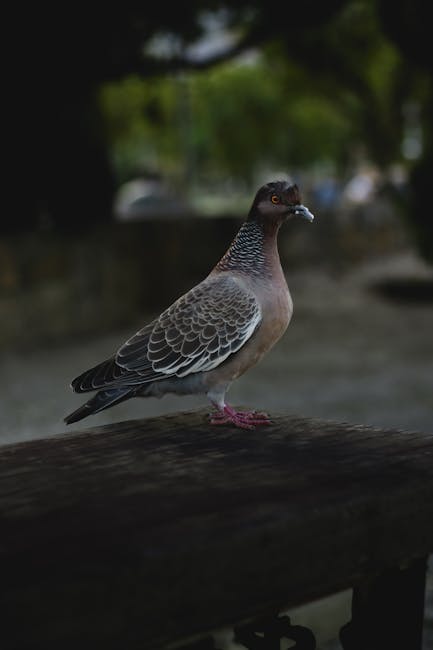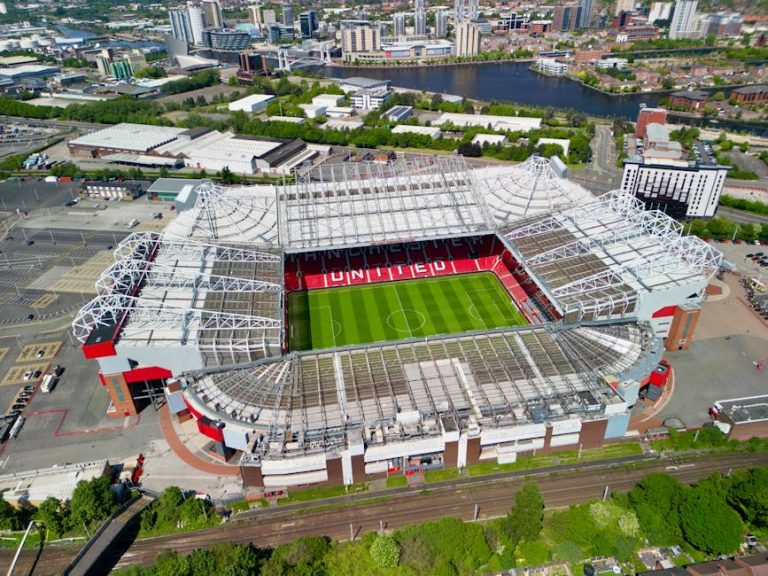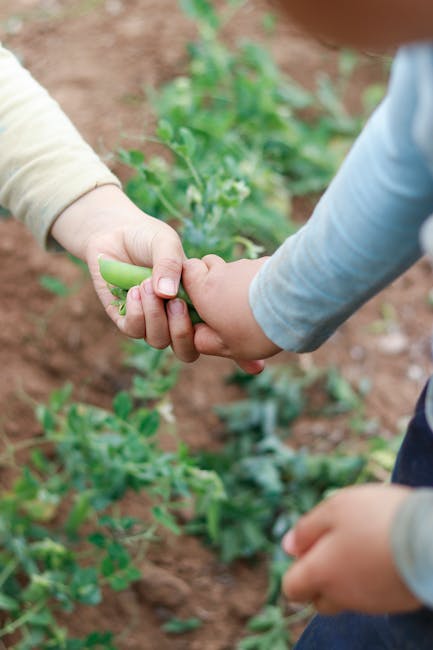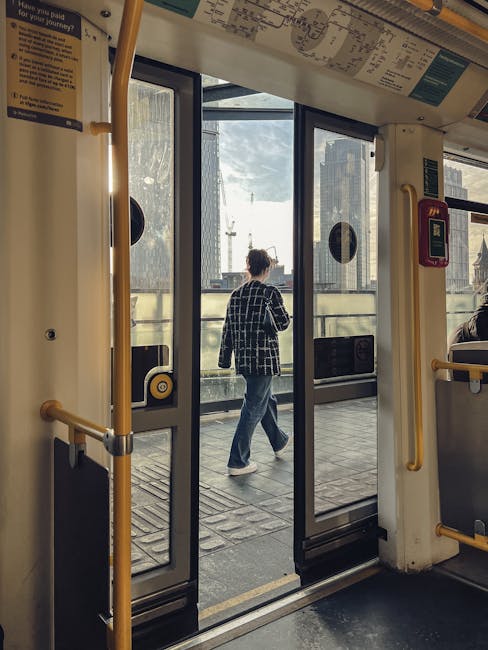A Guide to Manchester’s Urban Wildlife
Manchester, a bustling city known for its rich industrial heritage and vibrant culture, is also home to a surprising array of urban wildlife. From the leafy parks to the riverbanks of the Irwell, the city provides a unique habitat for a diverse range of species. In this guide, we’ll explore the fascinating urban wildlife of Manchester, offering insights into where and how to spot these incredible creatures.
Exploring Manchester’s Green Spaces
Manchester’s green spaces are a haven for wildlife, providing sanctuary to many species amidst the urban sprawl. The city boasts over 135 parks and gardens, offering plenty of opportunities for nature enthusiasts to explore.
Heaton Park: A Wildlife Wonderland
Heaton Park, one of the largest municipal parks in Europe, is a hotspot for urban wildlife. The park’s diverse habitats, including woodlands, meadows, and a large lake, support a variety of species. Visitors can spot grey squirrels, rabbits, and an assortment of birdlife such as woodpeckers and owls. Learn more about Heaton Park.
Fletcher Moss Botanical Gardens: A Biodiversity Haven
Situated in Didsbury, Fletcher Moss Botanical Gardens offer a peaceful retreat with its lush landscapes and diverse plant life. This biodiversity-rich spot attracts butterflies, dragonflies, and a host of bird species. The gardens are also known for their beekeeping initiatives, which play a crucial role in supporting the local bee population. Find out more about Fletcher Moss Gardens.
Rivers and Canals: Lifelines for Urban Wildlife
Manchester’s waterways are vital corridors for wildlife, providing habitat and travel routes for many species. The River Irwell and the city’s extensive canal network are teeming with life.
The River Irwell: An Urban Oasis
The River Irwell, flowing through the heart of Manchester, supports a range of aquatic and terrestrial wildlife. Keen-eyed observers may spot kingfishers darting along the riverbanks or catch a glimpse of otters playing in the water. The river is also home to fish species such as trout and pike, which attract herons and other predators.
Manchester’s Canals: Wildlife Highways
The city’s canals offer a unique environment for exploration. Look out for moorhens, cormorants, and even the occasional swans gliding gracefully along the waterways. The canal towpaths are also great for spotting insects and amphibians, making them perfect for a wildlife walk.
Urban Birds: A Closer Look
Manchester’s urban environment supports a fascinating variety of bird species. These adaptable creatures have made the city their home, thriving amidst the hustle and bustle.
Peregrine Falcons: City Sky Kings
The iconic peregrine falcon is a notable resident of Manchester. These magnificent birds of prey have adapted to urban life, nesting on tall buildings and using their incredible speed to hunt pigeons. The Manchester Peregrine Project offers opportunities to observe these birds in action.
Manchester’s Pigeon Population
While often overlooked, pigeons play a significant role in the city’s ecosystem. These birds are a common sight, feeding on scraps and nesting on ledges. Pigeons provide food for urban predators like peregrine falcons and are an integral part of the urban food chain.
Protecting Manchester’s Urban Wildlife
Ensuring the survival of urban wildlife in Manchester requires concerted effort and community involvement. Here are some actionable tips for supporting local wildlife:
Create Wildlife-Friendly Spaces
Residents can make a difference by creating wildlife-friendly gardens. Planting native species, installing bird feeders, and providing water sources can attract and support local wildlife. Consider leaving parts of your garden wild to provide shelter for small mammals and insects.
Participate in Conservation Initiatives
Get involved with local conservation efforts and wildlife groups. Organizations like the Greater Manchester Ecology Unit work to protect and enhance the city’s biodiversity. Volunteering or supporting these initiatives can make a significant impact.
Educate and Raise Awareness
Educating yourself and others about the importance of urban wildlife is crucial. Attend workshops, participate in wildlife surveys, and share your knowledge with the community. Raising awareness can lead to more informed decisions and better protection for wildlife.
Conclusion: Embracing Manchester’s Urban Wildlife
Manchester’s urban wildlife is a testament to nature’s resilience and adaptability. By exploring the city’s green spaces, waterways, and skies, we can gain a deeper appreciation for the creatures we share our urban environment with. Through conscious efforts in conservation and education, we can ensure that Manchester remains a vibrant haven for wildlife, offering future generations the chance to connect with nature within the city’s limits.
Whether you’re a seasoned wildlife enthusiast or a curious newcomer, Manchester’s urban wildlife offers endless opportunities for discovery and wonder. So next time you’re out and about in the city, take a moment to look around and appreciate the incredible diversity of life right on your doorstep.






